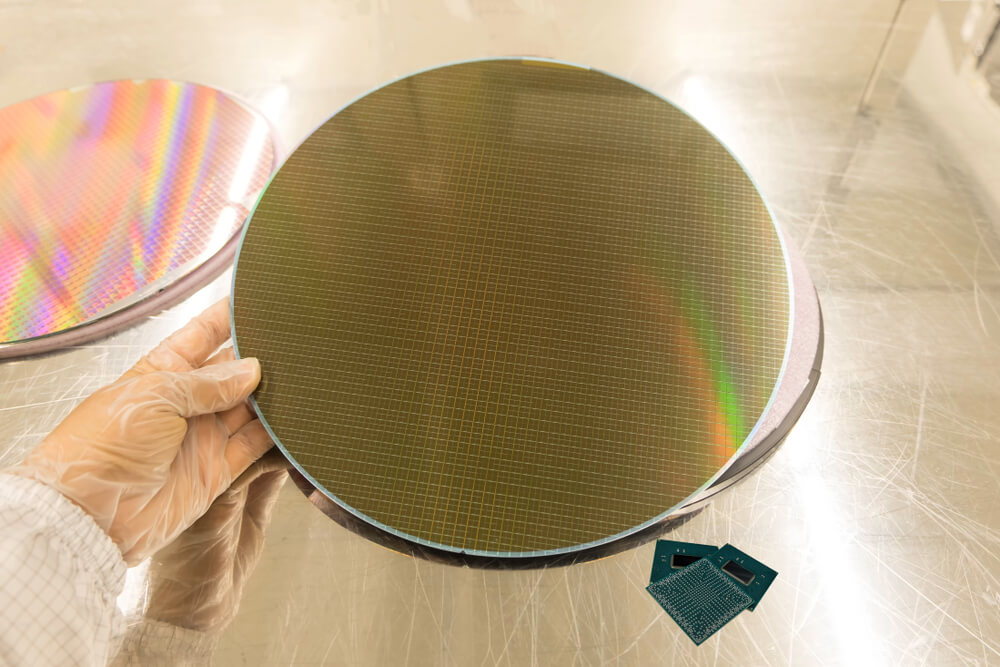Spin coating is a fantastic way to protect sensitive application surfaces or add a layer of specialized material at the microscopic level. However, some problems may present themselves if this process is done incorrectly. In today’s blog, Coating Systems examines common defects found in spin coating.
Comets
Comets, unfortunately, happen regularly with spin coating. Comets occur when a relatively large particle, bigger than the ones in the coating, interrupts the normal flow of the coating on the spinning wafer. These particles can come from dirt or dust on the workpiece or from within the coating itself. Companies can solve the problem of comets by working in cleaner environments or filtering coatings ahead of application.
Related Post: Industries That Need Spin Coatings
Chuck Marks
Chuck marks appear due to thermal differences between the top of the wafer or workpiece and the back side of the wafer closest to the chuck. This defect may occur when the chuck has a different ambient temperature compared to the workpiece. The temperature and evaporation of the coating may also come into play. A chuck mark looks like a circle of a different color that’s the same size as the spin chuck.
Wafer Edge Effects
The edges of wafers can cause problems for spin coating. Surface tension on the edge of the workpiece can cause a bead to form. As the bead spins, it creates a thicker layer on the outermost edge of the item to be covered. Edges are also problematic on workpieces with square edges because the corners produce a different airflow compared to round items. Thicker layers of a solution on edges can reduce the efficiency of the overall product. The key to prevent wafer edge effects is to maintain uniformity as much as possible during spin coating.
Related Post: Spin Coating: The Science That Makes It Works
Striations
Striations occur in spin coating due to evaporation of one substance versus another. For example, alcohol in a solvent may evaporate quicker than water. Striations, as the name implies, look like stripes or waves on the surface due to variable thicknesses of the coating. Stabilizing and controlling the evaporation process is one way to prevent striations.
Contact Coating Systems Today
Our teams at Coating Systems have the engineering knowledge and expertise to make dip-spin coatings a reality for your industrial or experimental applications. Contact us online or call 1-800-593-7754 to find out what can offer you.


